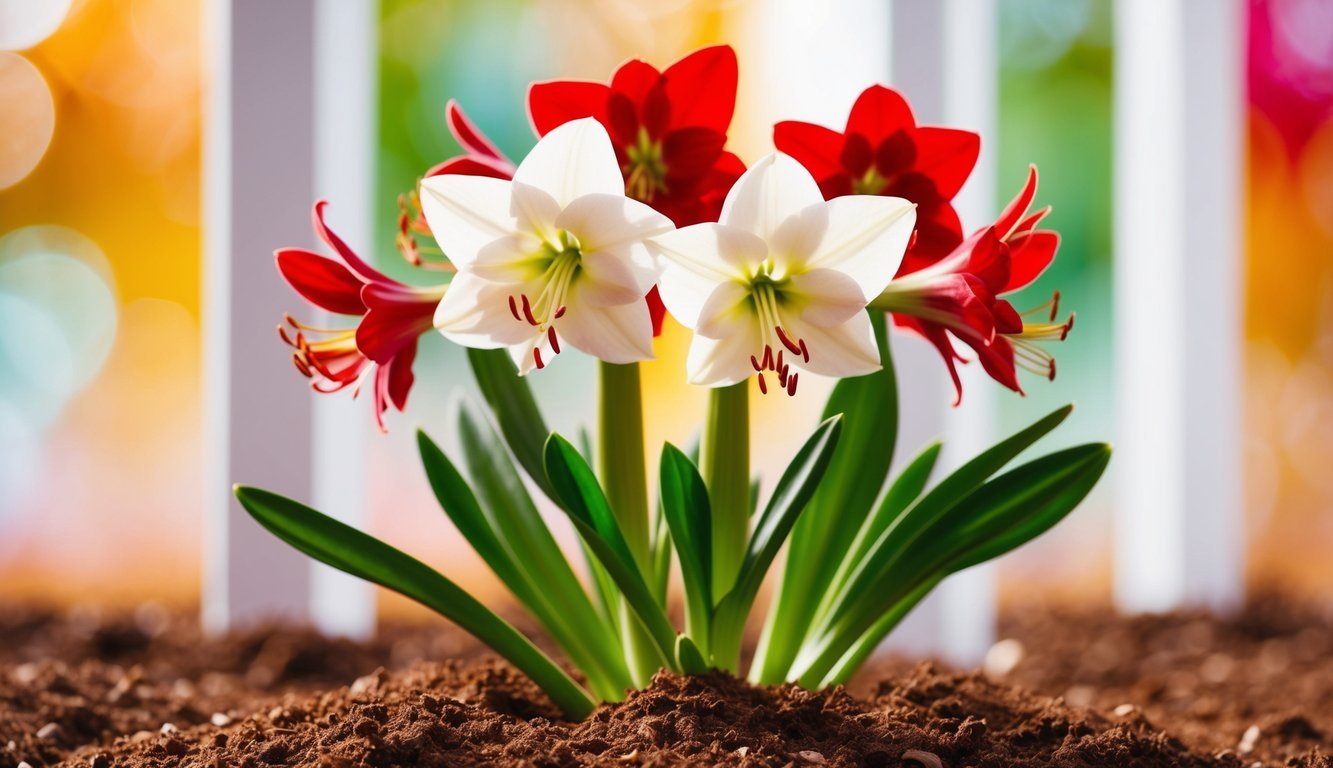
If you’re looking to grow stunning Amaryllis flowers, implementing effective fertilization strategies can significantly enhance your results.
Horticulture expert Matt Dursum shares practical tips to help you cultivate large, vibrant blooms this season.
Amaryllis bulbs make for delightful holiday gifts, appealing to both novice gardeners and seasoned pros alike.
These beautiful flowers thrive indoors and in warm outdoor gardens, bringing a splash of color during the chilly months.
Whether nestled in pots or planted in flower beds, they brighten any environment.
Although the genuine Amaryllis species hail from South Africa, the bulbs you find at garden centers are primarily from the Hippeastrum genus, which boasts around 100 species and an array of stunning cultivars.
Fertilization Tips
- Fertilize While Watering: Combining fertilization with your watering routine can yield remarkable results.
Dissolving fertilizer in water allows the roots to absorb nutrients more efficiently while preventing excess fertilizer from accumulating on the soil surface.
- Choose Balanced or Phosphorus-Heavy Fertilizers: Opt for fertilizers high in phosphorus, like those with a 10-20-15 (N-P-K) ratio.
Phosphorus is key for strong roots and encourages blooming by providing essential nutrients that promote vibrant growth.
- Consider Bone Meal: Incorporating bone meal into your soil can be advantageous, as it supplies phosphorus and calcium gradually.
This slow-release option fosters ongoing growth.
Just be sure to apply it around the roots, avoiding direct contact with the bulbs.
- Go for Liquid Fertilizers: Liquid fertilizers are quick to absorb and effectively distribute nutrients within the soil, offering a fast nutritional lift.
When selecting a liquid option, choose one rich in phosphorus and follow the manufacturer’s application instructions closely.
- Avoid Over-Fertilization: Too much fertilizer can weaken your Amaryllis and hinder their blooming potential.
Be mindful of signs like leaf burn or a crusty soil surface, which can indicate that you’ve applied excessive nutrients.
- Watch for Nutrient Deficiency: If you notice slow growth, yellowing leaves, or uninspired blooms, it might be time to boost your Amaryllis with more nutrients.
Stay attentive to their needs and adjust your fertilization tactics accordingly.
Post-Bloom Care
- Prepare for Future Growth: After your Amaryllis has finished flowering, it’s crucial to prune the flower stems and maintain consistent watering with balanced nutrients.
This routine supports their recovery and readiness for the upcoming growth season.
- Pause Fertilization for Dormancy: To allow your bulbs a period of rest, be sure to remove flowers before they seed and place the bulbs in a cool, dark space.
During dormancy, refrain from watering or fertilizing.
- Resume Fertilization When Growth Returns: Once you see signs of new growth in your bulbs, it’s time to start fertilizing again.
Ensure that the roots have established before introducing nutrients to encourage healthy blooms.
By following these fertilization strategies, you can enjoy a breathtaking display of Amaryllis flowers throughout the changing seasons.
Happy gardening!
Source: Epicgardening

